How do I use an internal condom?
Internal condoms (also called "female" condoms) are easy to use with a little practice. Here are the basics on how to insert, use, and remove a internal condom.
How do I use internal condoms?
The internal condom is bigger than a regular condom, but don’t worry: it’s not uncomfortable when you insert it correctly.
How to put in an internal condom:

1. Check the expiration date on the package, and then open it carefully.
2. The internal condom comes already lubricated, but you can add more lube if you want.
3. If you’re putting the condom in your anus, remove the inner ring. If you’re putting the condom in your vagina, leave the ring in.
4. Relax and get into a comfortable position. Standing with one foot on a chair, lying down, or squatting are common faves.

5. If it’s going in your vagina, squeeze together the sides of the inner ring at the closed end of the condom and slide it in like a tampon. Push the inner ring into your vagina as far as it can go, up to your cervix.
6. If it’s going in your anus, just push the condom in with your finger.

7. Make sure the condom isn't twisted.
Pull out your finger and let the outer ring hang about an inch outside the vagina or anus. You’re good to go!

8. Hold the condom open as the penis or sex toy is going into the condom to make sure it doesn’t slip to the side between the condom and your vagina or anus.
How to remove an internal condom:

1. If there’s semen (cum) in the condom, twist the outer ring (the part that’s hanging out) to keep the semen inside the pouch.
2. Gently pull it out of your vagina or anus, being careful not to spill the semen if there is any.
3. Throw it away in the trash (never flush any kind of condom, because it can clog your toilet).
4. Internal condoms are not reusable — use a new one every time you have sex.
It’s totally normal for the internal condom to move around a little bit during sex, but the penis/sex toy should be completely surrounded by the condom at all times. Stop if the penis/sex toy slips out of the condom into your vagina or anus, or if the outer ring gets pushed into your vagina or anus. If there’s no semen (cum), you can gently remove the condom and put it back in place.
If cum or pre-cum gets outside the internal condom near your vagina or anus, you may want to think about getting tested for STDs.
If cum or pre-cum gets near your vulva or into your vagina — and you’re worried about pregnancy — you can still prevent pregnancy with emergency contraception (the morning-after pill). Emergency contraception can prevent pregnancy up to five days after unprotected sex.
One of the coolest things about the internal condom is you can put it in ahead of time, before foreplay and sex, so you don’t have to interrupt the action when it’s time to get busy. Your partner can even get in on the fun and insert the condom for you.

 Abstinence
Abstinence
 Breastfeeding
Breastfeeding
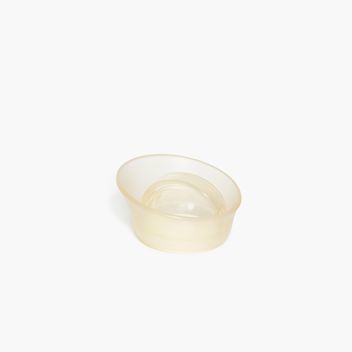 Cervical Cap
Cervical Cap
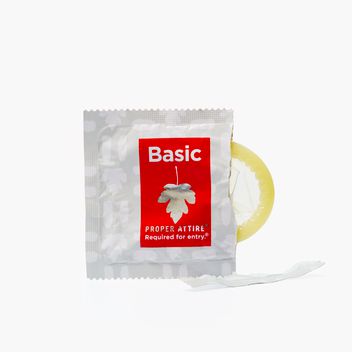 Condom
Condom
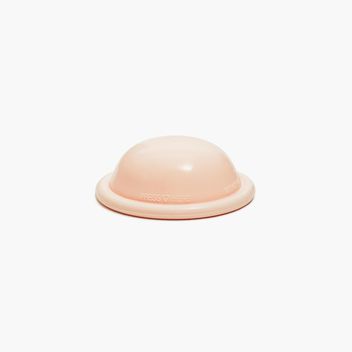 Diaphragm
Diaphragm
 FAM
FAM
 Implant
Implant
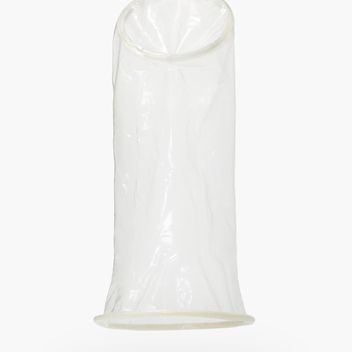 Internal Condom
Internal Condom
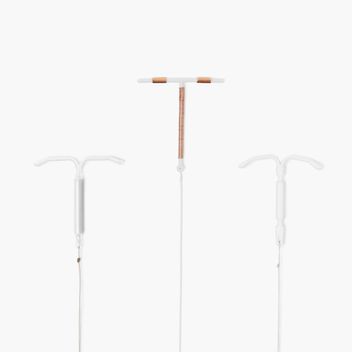 IUD
IUD
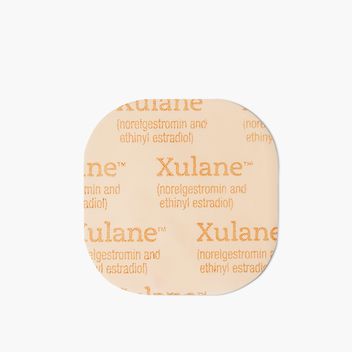 The Patch
The Patch
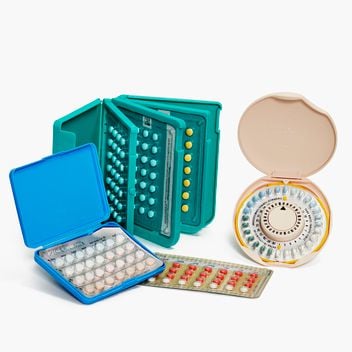 The Pill
The Pill
 The Ring
The Ring
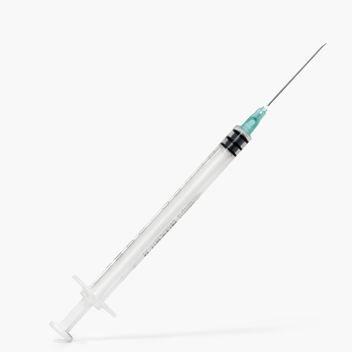 The Shot
The Shot
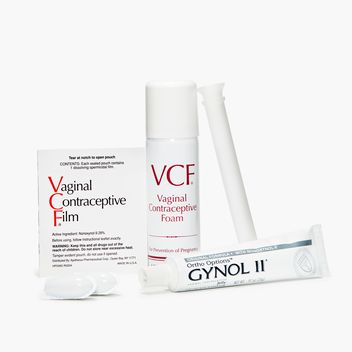 Spermicide
Spermicide
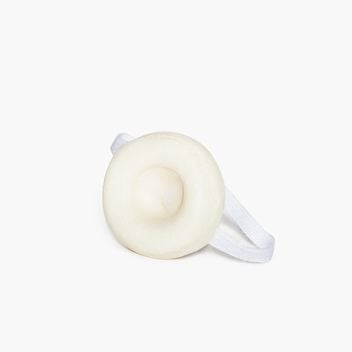 Sponge
Sponge
 Sterilization
Sterilization
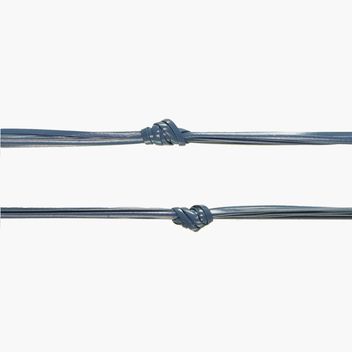 Vasectomy
Vasectomy
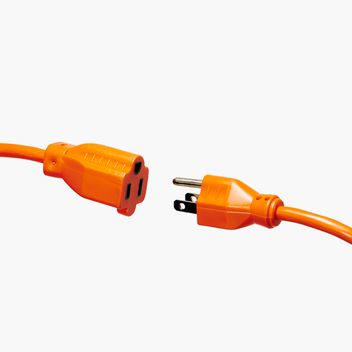 Withdrawal
Withdrawal